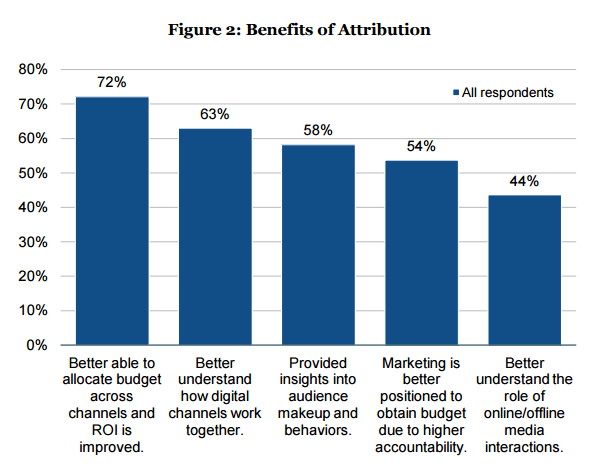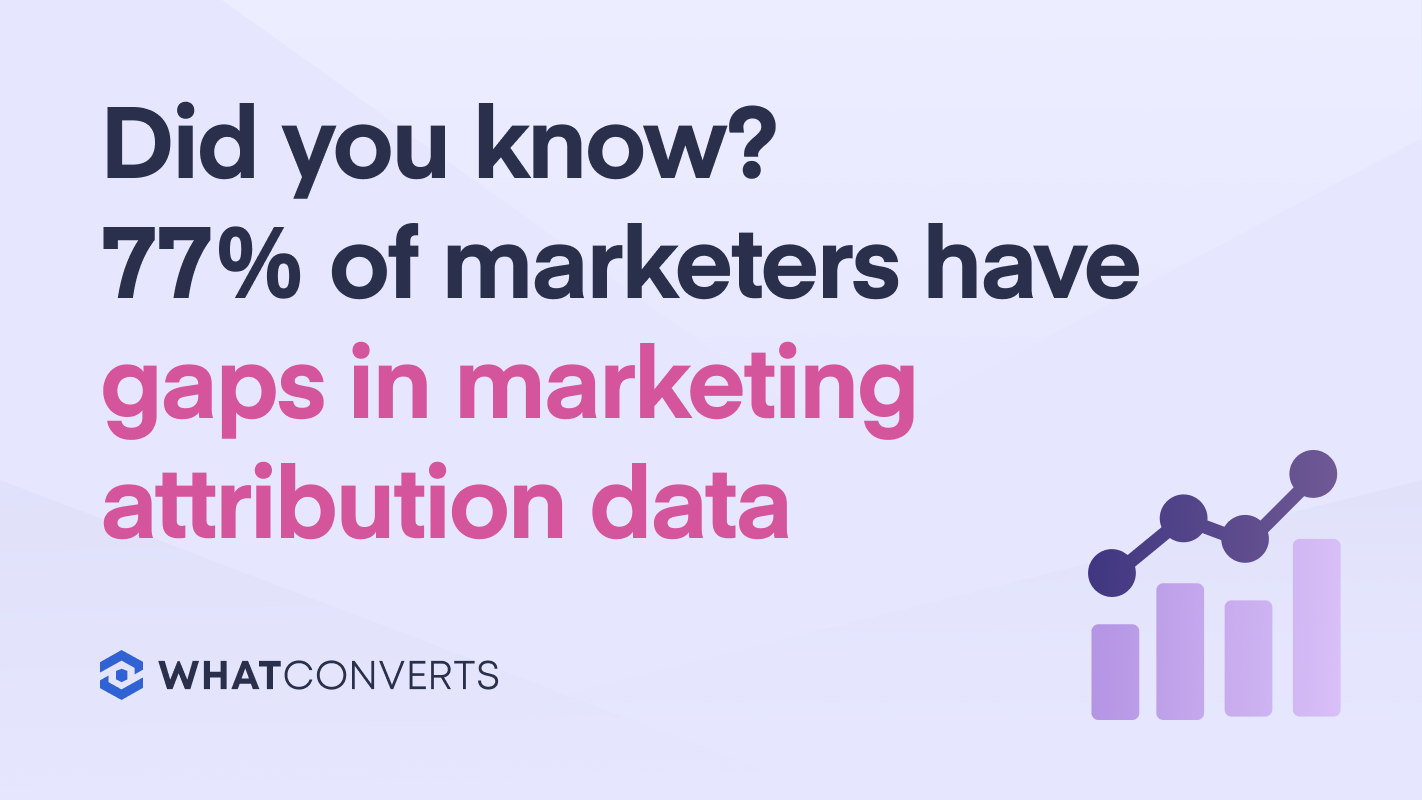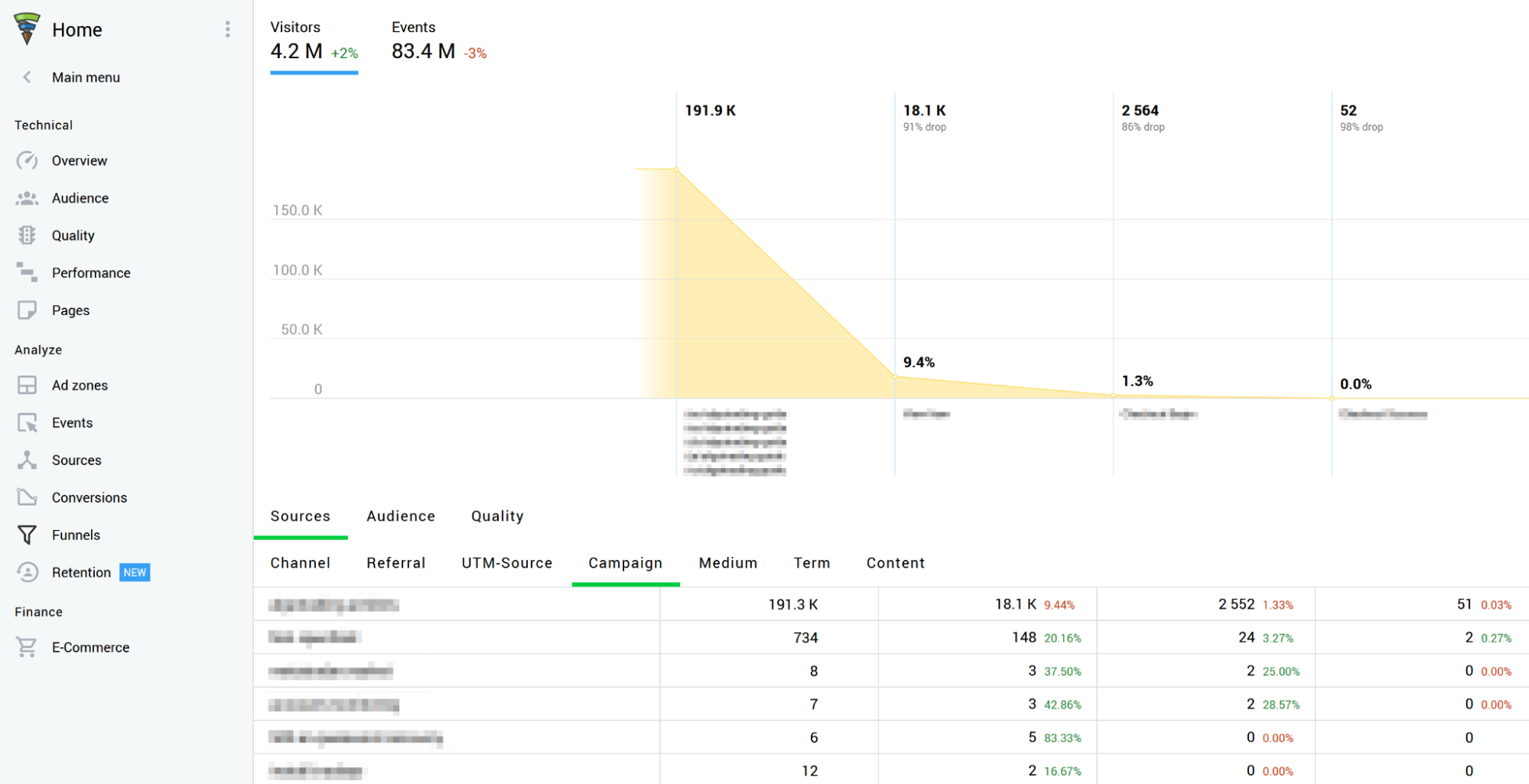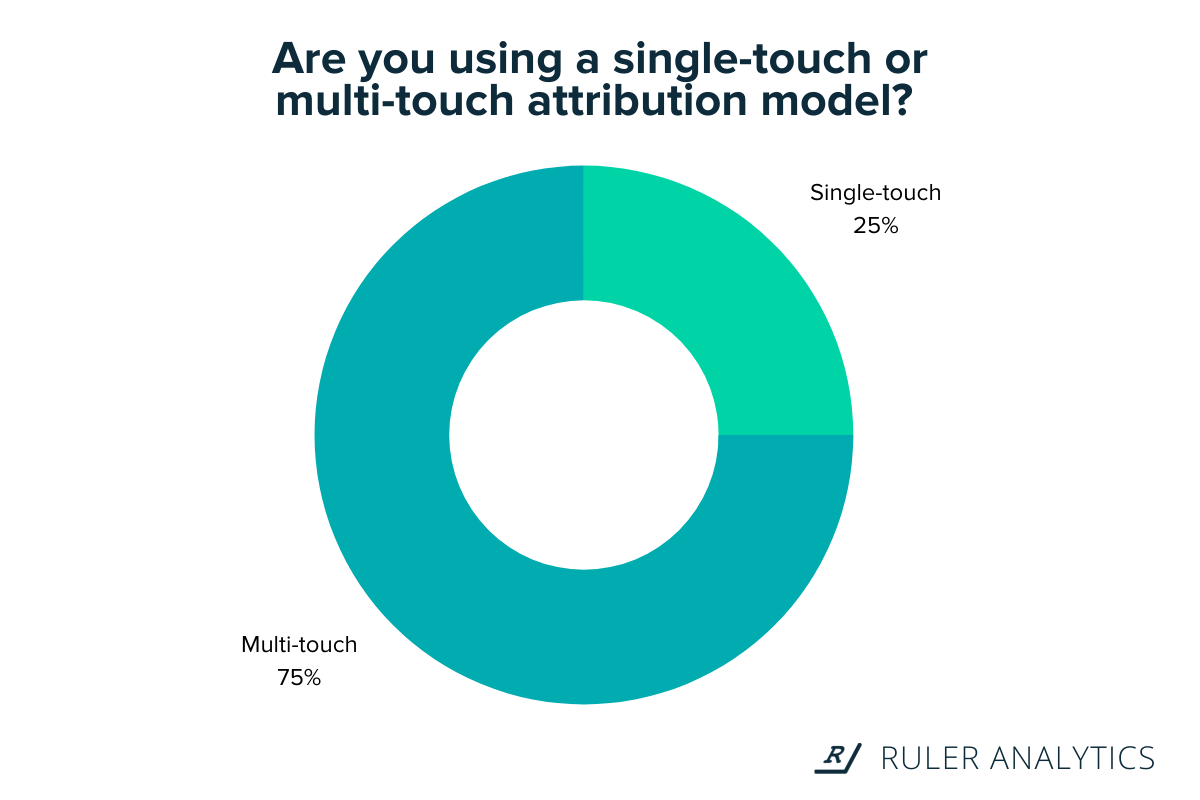Improved Attribution Models: What Digital Marketers Need To Know
Did you know that, on average, a customer will interact with a brand 36 times before deciding to convert? Whether they engage via social media, an online site or a high street store, it can be hard to map a lead’s touchpoints in their journey from impression to sale.
With so many interactive touchpoints throughout the buyer funnel, it can be hard to pin down the turning point that influenced the consumer to head to the checkout.
If this sounds familiar, it could be time to start reviewing your marketing attribution. Marketing attribution models play a key role in identifying the most important touchpoints for success during the buyer journey. Whether this is a campaign, a specific channel, or simply a well-performing product post, knowing where your customers gain and lose interest can help build a foundation for a successful ecommerce strategy.
This sponsored article was created by our content partners, Solvid. Thank you for supporting the partners who make SitePoint possible.
What Is an Attribution Model?
Marketing attribution can help a business map out where to distribute credit for consumer conversion.
The question is, just how much credit should each touchpoint receive? This is where attribution models come into play. Whether you opt for a first-click or last-click approach, or choose to review multiple groups of data, visualizing the high and low points of your consumer’s journey could help shape your future campaigning efforts and ensure your advertising efforts aren’t going to waste.
In fact, according to a study by Econsultancy and Google Analytics, attribution modeling is responsible for improving budget allocation and can help business leaders understand what role each channel plays in their success.

Image Source: Econsultancy and Google Analytics
As you can see here, over half of the respondents claimed that attribution models provided them with greater insights into audience behavior, while 44% of marketers gained a wider understanding of their online/offline media interactions.
If done correctly, each channel should then have a clear cost-of-acquisition metric associated with it. I would argue that if a CMO today could not articulate the marketing ROI of her primary lead generations channels, there are issues with the way marketing investments are being made for the company. — Tim DaRosa, CMO of Zadara
How To Improve Your Attribution Models
With over 50% of all advertising budgets wasted on low-impact campaigns, it’s time to obtain a firmer grasp of your channel output. Let’s have a closer look at how you can introduce and improve your own attribution models for a higher ROI payoff.
Introduce multiple attribution models
If you want a well-rounded understanding of your consumer’s journey from impression to checkout, it’s important to diversify your attribution models.
A whopping 47% of CMOs rely only on the “Last Click” attribution model, which only gives credit to the final touchpoint that is engaged with directly before the conversion.
While this model can help business leaders understand which marketing efforts may close a sale, it’s important to gather data on what touchpoint first piqued a lead’s interest too.
Why not also introduce a “First Click” model into the mix too, which aims to give credit to a buyer’s first interaction with the brand? This could highlight a particular social channel or advertising campaign that has garnered engagement online. If you have a wider understanding of the initial touchpoints that boost brand awareness, it’ll be easier to replicate similar campaigns that could draw in more consumers.
If you want to compare your first and last click touchpoints, it could also be time to introduce a linear attribution model that strives to provide you with an overview of your strategy as a whole. This model is particularly useful if you want to map each stage of the funnel in more detail.
Take a data-driven approach
If you want to take your attribution modeling one step further, taking a data-driven approach can deliver precise results that rule-based methods lack.

Image Source: What Converts
A staggering 77% of marketers claim that they have gaps in their attribution model data. Delving deeper into more complicated interactions, such as click-through rate, length of time spent on a page, and historical audience behavior, can aid a brand in understanding more pieces of a funnel’s jigsaw.
The key here is to delve deeper into your traffic sources, using analytic tools like Finteza that aim to track your site engagement at every stage of the funnel.
Automatically generating audience samples based on 15 key parameters, Finteza provides marketers with the ability to view real-time audience data in the form of easy-to-read visual reports. Segmenting traffic based on factors such as geolocation and visit sources makes it easier to create numerous attribution models that map different types of buyer journeys.
Better still, Finteza is also an expert at detecting potentially harmful botnet traffic. Detecting up to 12 types of low-quality traffic on each site page, it can effortlessly identify fake traffic sources that could affect the results of a data-driven attribution model.
No consumer is the same, and your advertising campaigns should reflect that. Using Finteza to help divide your traffic sources into targetable groups, you’ll quickly discover that conversion touchpoints differ depending on a number of traffic sources, factors and behaviors, meaning that your advertising approach should be customized depending on the specific audience group you’re targeting.
Finteza’s funnel tool can also spot potential weak spots in the sales system. While attribution is all about giving credit to conversion touchpoints, it’s also important to highlight areas that are receiving little engagement or site points that are susceptible to bounce.

With more data at your fingertips, you can take analytically driven attribution models one step further. Whether you trial new campaigns or try out new keywords, going beyond the reports is essential, especially when you have the tools to assess your progress along the way.
Don’t forget about offline data
Last but not least, don’t forget about your offline data when constructing your attribution model. Offline attribution is an essential metric you’ll not want to forget if you also run a physical store or conduct a marketing campaign in a print or TV format.
Online stats don’t take these touchpoints into account, which could skew your results if you’re not careful.
There are two types of offline measurement techniques that every marketer should remember when constructing an attribution model:
- Visit Attribution. This measurement analyses the performance of a physical touchpoint, such as a high-street store, by tapping into a mobile location or human movement stats.
- Spend Attribution. Like visit attribution, spend attribution also measures the success of a physical store, gathering data on in-store spending.
While offline data harvesting is low-scale on its own, combining it with your online data could create a more well-rounded attribution model. Pouring focus into offline touchpoint tracking could also make it easier for business leaders to compare their success on and offline, which could aid decision-making when determining where to take the company next.
A Multi-touch Future
As we step into a competitive future of ecommerce, optimizing a consumer’s journey across multiple different touchpoints has become a necessity for 71% of top marketers.
With over three quarters of marketers now investing in a multi-touch approach to attribution tracking, it has become easier than ever before to map consumer data at all stages of the funnel.

Image Source: Ruler Analytics
As competition heats up and new channels are added to the ecommerce funnel, one thing is for sure: a data-driven approach to attribution modeling is crucial for brands that want to stay ahead of the curve.
